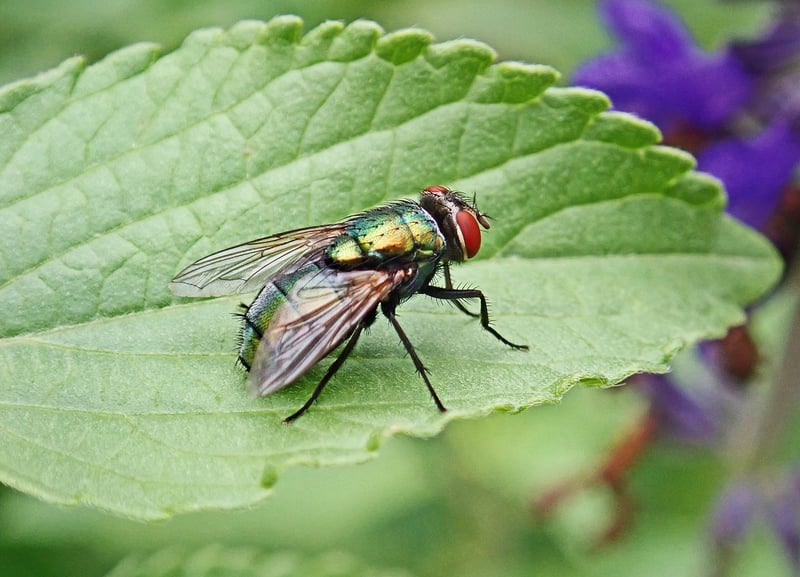Pest Identification
Essential Care Guidelines for Your Indoor Plants
Indoor plants are a great way to liven up your living space and improve air quality. Proper care is essential to ensure they thrive and remain healthy. Here are some guidelines to help you care for your indoor plants:
Light
Ensure your plants receive adequate light based on their specific needs. Some plants require direct sunlight, while others thrive in low light conditions. Place your plants accordingly to avoid issues like leggy growth or leaf burn.
Watering
Overwatering is a common issue that can lead to root rot, while underwatering can cause wilting. Check the soil moisture before watering and ensure proper drainage to prevent waterlogging. Different plants have different watering needs, so research your plant species for specific guidelines.
Humidity
Indoor plants often benefit from increased humidity levels, especially during the winter months when indoor air tends to be dry. You can use a humidifier or place a tray of water near your plants to enhance humidity levels.
Fertilization
Regular fertilization is important to provide essential nutrients for plant growth. Use a balanced fertilizer or specific formulations based on your plant's requirements. Avoid over-fertilizing, as it can lead to salt buildup in the soil.
Pest Control
Despite your best efforts, indoor plants may still face pest infestations. Identifying common pests and taking prompt action is crucial to prevent damage to your plants. Here are some common indoor plant pests:
1. Aphids
Aphids are small, soft-bodied insects that feed on plant sap, causing wilting and yellowing of leaves. They reproduce quickly, so early detection is key to controlling their population.

2. Spider Mites
Spider mites are tiny pests that suck sap from plant leaves, causing stippling and webbing. They thrive in dry conditions and can multiply rapidly. Regularly misting your plants can help deter spider mites.

3. Fungus Gnats
Fungus gnats are small flying insects that lay eggs in moist soil. The larvae feed on plant roots, leading to stunted growth and yellowing leaves. To control fungus gnats, allow the soil to dry out between waterings and avoid overwatering.

By following these care guidelines and staying vigilant against pests, you can ensure your indoor plants remain healthy and vibrant. Remember to regularly inspect your plants for any signs of distress and take appropriate action to address issues promptly.
Happy gardening!
